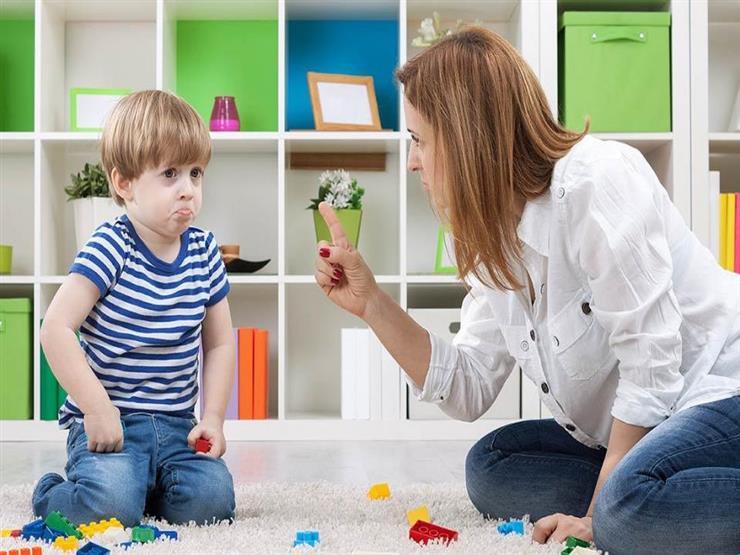Child stubbornness is a problem that most families suffer from, but it is not insurmountable when understanding its causes, what is positive and negative about it, and the correct dealing with the child so that it remains at its positive level.
Two experts specializing in psychological counseling and behavior modification provide 13 solutions to this problem so that it can pass safely, as well as what a family should do if their child does not respond to these solutions.
Why “excessive stubbornness“?
Family relations and mental health consultant, Dr. Ahmed Allam, describes stubbornness in children as “innate behavior” by which they try to express themselves and rely on them.
He warns against stubbornness turning into “repetitive and excessive,” which represents a real problem that must be stopped.
He lists the causes of excessive stubbornness:
- The child’s attempt to attract the attention of parents when there are other children present.
- The child was subjected to “marginalization” from the family.
- Seeking more attention.
- Being subjected to excessive punishment or violence.
- Excessive pampering.
- Labeling the child as “stubborn” and repeating that description in front of him.
- The presence of marital problems within the family prompts the child to adopt “unconscious defensive behavior.”
- The child’s excessive playing of “electronic games”.
Dr. Lamis Makkawi, behavioral psychiatry consultant at Ain Shams University in Egypt, draws attention to the existence of two types of stubbornness, one of which is “positive” and the other is “negative.”
She explains, “All children experience positive stubbornness from the age of approximately two years,” as the child begins to form his identity and self, and rejects most orders and requests from the mother.
In this case, “the family must encourage the child to make his own decisions, even if they are simple, and then the stage will pass peacefully.”
However, if families challenge the child and diminish his personality at that stage, “signs of anxiety will appear in him, such as stuttering, nail biting, and bedwetting,” the psychological consultant warns.
These signs represent a “state of physical distress” as a result of pressure on the child, and may cause the emergence of the second negative type of stubbornness, which is “rebellious or pathological,” according to her description.
Lamis Makkawi points out 7 solutions for dealing with a stubborn child, which are as follows:
- Parents’ interest in their behavior in front of their children; Because it reflects on them.
- Do not describe children with “bad qualities” while modifying their behavior, such as telling him that you are a “stubborn child” or “impolite.”
- Finding an “alternative solution” when a child’s request is rejected. When parents ask their children, for example, to “turn off the TV or not use the mobile phone,” we offer him an alternative, such as playing group games or doing another activity.
- “Rejecting with love” means that parents refrain from repeating the “word no” in front of the child, as his request may be rejected “indirectly.”
- Avoid “direct commands”, and it is better to give the child several options.
- Giving children “a space of freedom” in choosing their friends, clothes, and food.
“Repeated praise” for all positive actions.






